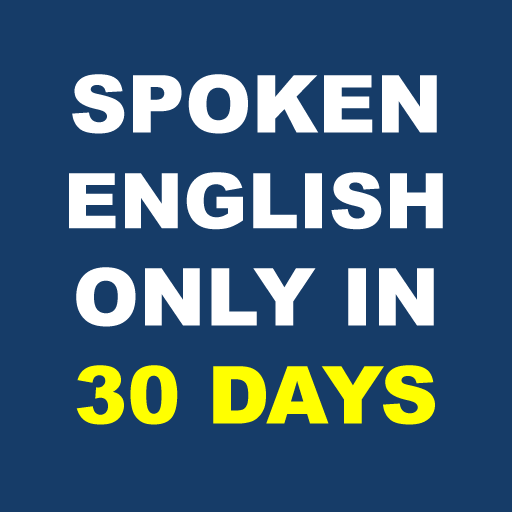
Spoken English refers to the use of the English language in verbal communication. It is the use of English in conversation, discussion, presentations, speeches, and other forms of oral communication. Spoken English is important for many reasons, including professional, educational, and social purposes. To improve one's spoken English, it is important to practice speaking as much as possible. Some tips for improving spoken English include: Listen to native English speakers and pay attention to their pronunciation, intonation, and vocabulary. Practice speaking English with native speakers or with other learners of English. Watch English-language movies and TV shows and try to mimic the way the characters speak. Record yourself speaking and listen to your pronunciation and intonation. Join a conversation group or language exchange program to practice speaking with others. By practicing these tips and incorporating regular practice into one's routine, one can improve their spoken English and communicate more effectively in English.